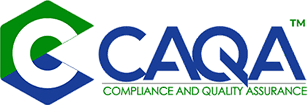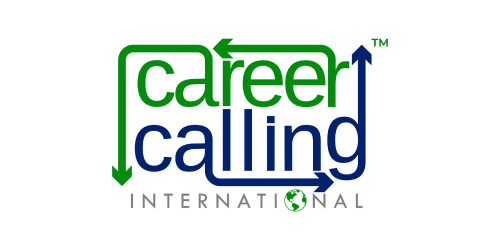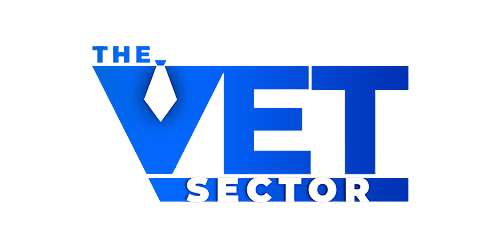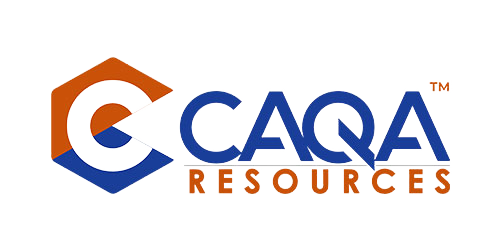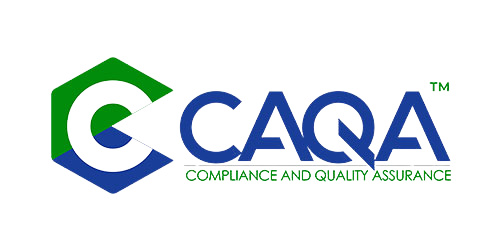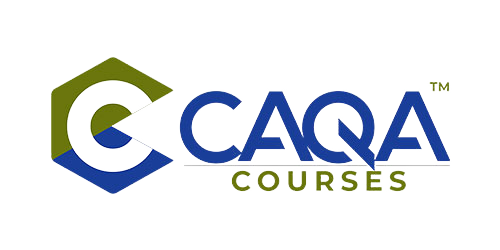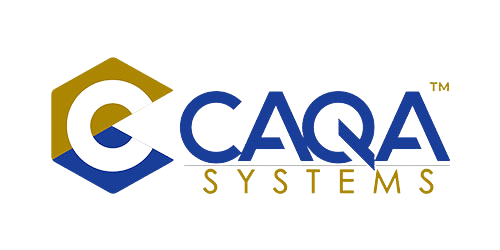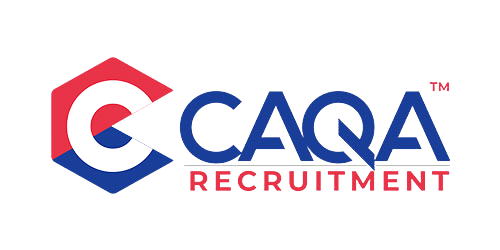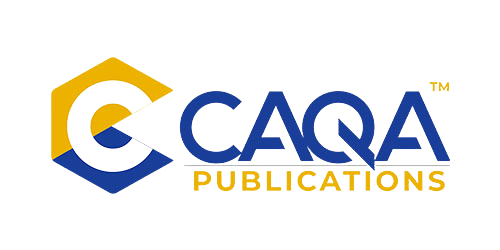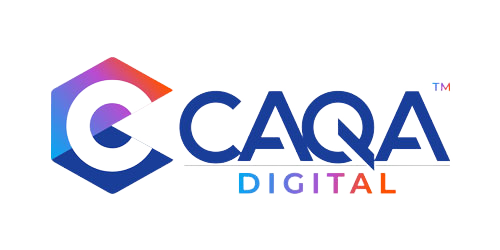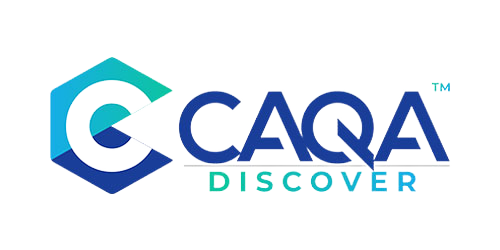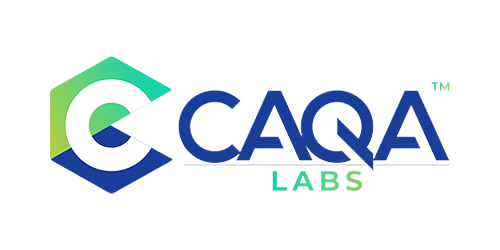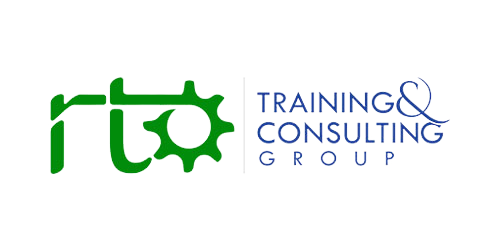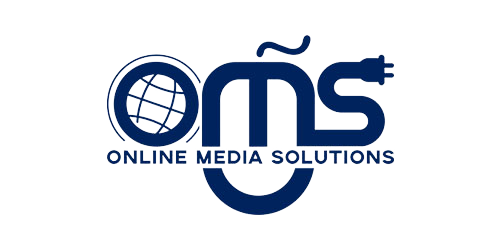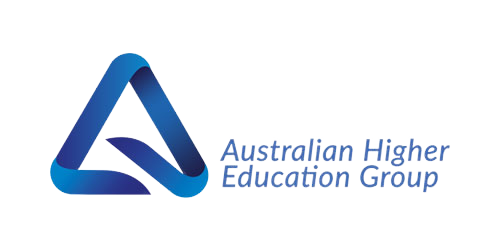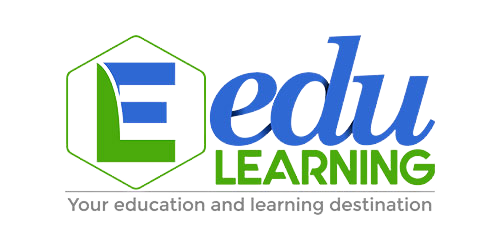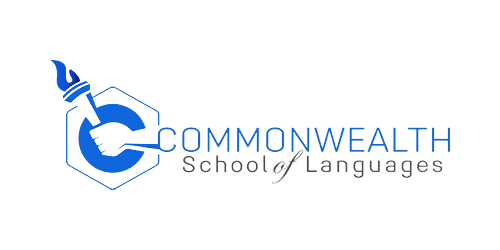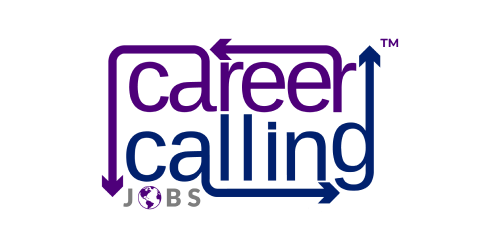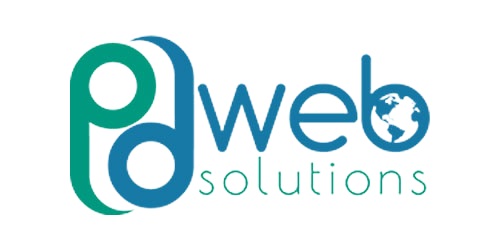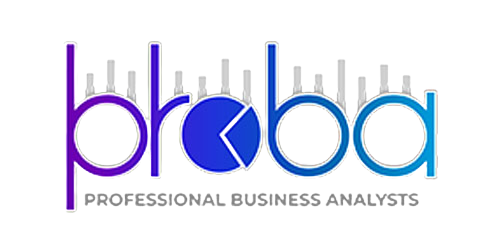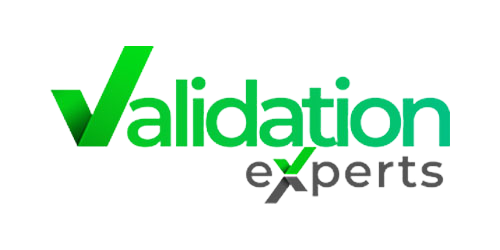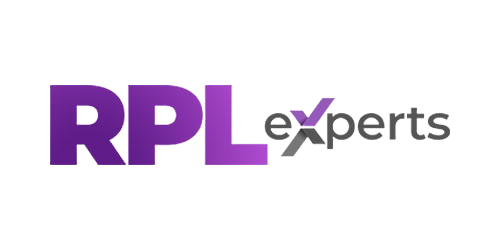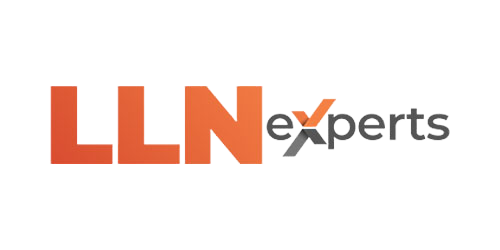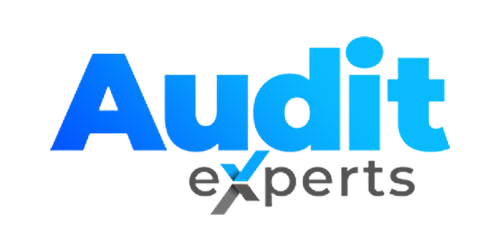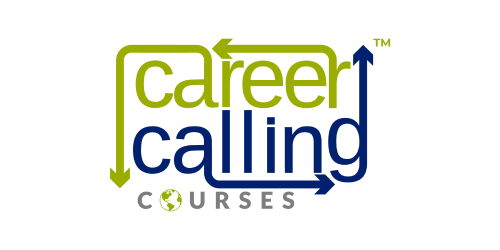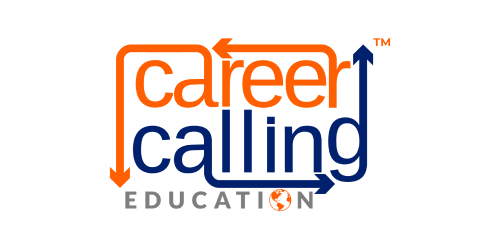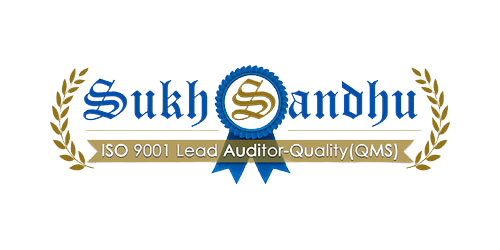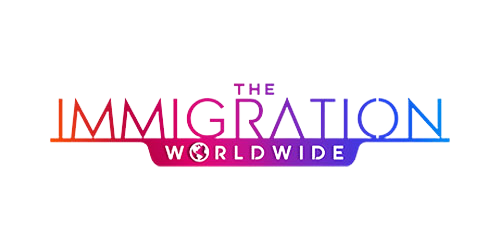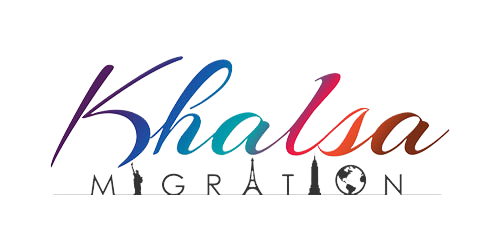“It is no longer acceptable at Deloitte to not take an engineering-first mindset.” — Jillian Wanner, Principal at Deloitte, speaking at NVIDIA’s GTC Conference (Business Insider, March 2025).
The consulting and professional services world just got its clearest signal yet. For decades, value in accounting, law, consulting, audit, and financial planning was anchored in what you knew—credentials, experience, frameworks, and judgment. Generative AI has changed the physics of knowledge. Large language models (LLMs) can now research, draft, summarise, analyse, and recommend with a speed and consistency that compresses once-scarce expertise into commodity capability. Each month, they ingest more data, interact with more tools, and close quality gaps. The question is no longer if they will match human output in core knowledge work, but how quickly they will surpass it on cost, throughput, and reliability.
Australia isn’t watching this from the sidelines. Local clients are already asking why yesterday’s deliverables need yesterday’s timelines and hourly rates. The answer cannot be another deck. It has to be a system.
From knowledge worker to knowledge engineer
What Deloitte’s leadership proclaimed at GTC isn't just a pronouncement; it’s the uncomfortable truth now confronting every professional partnership and practice: your core identity has shifted. You are no longer primarily an accountant, consultant, lawyer, or advisor. Instead, the paradigm demands you become an engineer and software creator first—and a domain expert second. The foundational tasks that once defined these professions are increasingly being automated, pushing human expertise further up the value chain. This new hierarchy of relevance crystallises as follows:
First and foremost, the Engineer & software creator. This role involves designing, building, and meticulously maintaining the sophisticated AI workflows that are now replicating and even enhancing how your firm delivers value to clients. This demands a profound understanding of technology and its application. Following this is the Consultant & advisor, whose crucial function is to layer strategic insights, nuanced judgment, and essential context on top of the raw outputs generated by automated intelligence. Their value lies in interpretation and actionable advice. Next, the Quality reviewer assumes critical importance, responsible for enforcing stringent compliance, ethical guidelines, and professional standards, particularly within highly regulated licensing environments. Their oversight ensures integrity. Finally, the Relationship manager & rainmaker acts as the crucial bridge, translating complex AI outputs into understandable decisions, fostering deep client trust, and keeping clients anchored firmly in the essential human experience of service. If cultivating new business isn't yet your primary strength, understand that within the next three years, your most invaluable assets will be your meticulous quality-control acumen and your fluent client-management skills. Every other operational aspect is rapidly moving toward full automation.
This isn't mere speculative positioning or a theoretical forecast. Deloitte has made a tangible, public commitment, pledging an extraordinary US$3 billion through fiscal year 2030 to scale its generative-AI capabilities and robust delivery platforms aggressively. This significant investment includes the expansion of a global AI Simulation Centre of Excellence, specifically designed to operationalise these advanced systems with unparalleled speed and efficiency across their vast network.
AI is flattening the playing field
The old hierarchies—Big Four logos, Magic-Circle mystique, blue-chip process manuals—were built on accumulated human capital, networks, and long-standing reputations. But algorithms don’t care who wrote the precedent or how prestigious the source is. They synthesise the best of everything, pulling insights and solutions from vast pools of data with precision and speed. A small firm, or even a solo practitioner, can now deliver world-class analysis and reporting with the depth and velocity that were once the exclusive domain of the “heavyweights.” This technological shift is levelling the playing field, fundamentally changing what it means to have a competitive edge in the professional services landscape.
Advantage is no longer about who you know or the institutional knowledge you’ve accumulated, but instead about what you’ve built and how you leverage it. The key questions for firms and professionals are shifting dramatically:
- Do you have proprietary, reusable AI workflows that replicate and scale your best engagements?
- Are you maintaining prompt libraries, automations, and dashboards that continually learn and improve with every matter they handle?
- Are you iterating and deploying updates weekly—like an agile product team—rather than once a year, like a traditional policy committee?
The new reality is clear: those who build will lead. Firms and professionals that embrace innovation and actively create tools and systems to enhance their service delivery will gain a significant edge. Those who merely consume or rely on outdated methods will struggle to keep up. And those who delay adapting to this shift risk becoming obsolete. The evidence of this transformation is mounting.
Deloitte, for example, has embraced a platform strategy with its Ascend initiative, incorporating generative-AI accelerators to industrialise delivery life cycles and streamline workflows. UiPath and Deloitte have announced alliances aimed at embedding autonomous, human-collaborative AI into finance, ERP, and shared-services processes, creating systems that are not just efficient but also adaptive. Meanwhile, hyperscale deployments such as Deloitte's global rollout of Anthropic Claude to its workforce highlight how rapidly “AI as infrastructure” is moving from small-scale pilots to becoming the default operating model.
The message is clear: the professional services world is undergoing a paradigm shift. Firms that invest in building, refining, and deploying AI-driven capabilities are positioning themselves to lead this new era. Those who hesitate or cling to traditional models will find themselves relegated to the sidelines—or worse, left behind entirely. The pace of change is accelerating, and the time to act is now.
Why can’t you wait 18 months
Many firms are still stuck in the past, meticulously workshopping "AI strategy" with leisurely 18–24-month horizons. This protracted timeline, however, is now completely obsolete. The pace of AI development has accelerated dramatically, rendering traditional planning cycles ineffective. By the time a conventional pilot program has laboriously navigated through internal governance and approval processes, your competitors will already be generating the same high-quality deliverables with advanced agentic AI. While your team is still drafting manually, they will be achieving results in mere weeks, not quarters, creating a significant competitive disadvantage.
In parallel, a fundamental shift in the pricing model across industries is already well underway. Across enterprise software and services, the traditional labour-based billing model is being rapidly displaced by outcome-based and subscription models. This trend is powerfully accelerated by AI's remarkable ability to tie tangible value directly to concrete results—whether it's resolved customer tickets, perfectly reconciled financial transactions, effectively remediated risks, or verifiable cost savings. You can clearly see this direction of travel reflected in recent platform announcements from major tech companies and innovative pricing experiments being rolled out by providers. The implications are profound for every business.
The clear upshot: merely selectively upskilling a handful of employees in AI tools is no longer sufficient to call it a true transformation. This approach will only offer superficial improvements. Instead, businesses must proactively and aggressively start building the comprehensive, AI-powered systems that are not just enhancements but will fundamentally run and define their operations three years from now—and they must start doing so today, with an unparalleled sense of urgency. The future of business is being built now.
Engineering-first also means guardrails-first
Moving fast without controls isn’t transformation—it’s liability. Australia learned this the hard way in 2025 when Deloitte’s Australian member firm agreed to partially refund the government after a $440,000 report was found to include fabricated references and errors, with the firm acknowledging use of Azure OpenAI in the drafting process. The report’s recommendations may have stood, but the reputational lesson is stark: no model output goes to clients without robust human verification, provenance, and legal review.
Inside many enterprises, risk is already the biggest brake on agentic AI. In Deloitte’s own 2025 analysis of AI leaders, nearly 60% pointed to integration with legacy systems and risk & compliance as the top adoption challenges—beating even talent shortages. Treat that as your design spec: if your AI architecture and operating model don’t address those two constraints from day one, they won’t scale.
The new operating model: productised expertise, engineered delivery
Here’s how modern firms are reorganising to win the next decade.
1) Productise your IP. The “methodology in PowerPoint” era is over. Encode your best frameworks as repeatable agents and workflows—for diligence, controls testing, tax memos, policies, SOW analysis, or compliance playbooks—and ship them through a governed platform (your own or a partner’s). Deloitte’s Ascend is an example of a platform that bakes methods and guardrails into the way work gets done.
2) Engineer the pipeline. Treat every service like software: backlog, sprints, releases, telemetry. Build automated evaluation harnesses for LLMs, test suites for prompts, red-teaming for safety, and human-in-the-loop checkpoints for licensed opinions. Alliances with automation leaders (e.g., UiPath) show where value lands first: finance close, reconciliations, ERP migration, HR casework, supply chain exceptions.
3) Put quality reviewers at the centre. In regulated work, reviewers aren’t overhead—they’re the control plane. Calibrate them on when to block, when to coach, and when to accept machine suggestions. Their signatures carry liability; give them the tools and time to exercise judgment.
4) Align pricing to outcomes. If the system can trace its impact to resolved exceptions, detected anomalies, or hours returned, clients will pay for results rather than hours, and expect transparency on how agents and humans shared the work. Early movers outside the Big Four are already retooling pricing; don’t assume the legacy “rate-card x hours” survives.
5) Default to transparency. Clients increasingly ask how the work was produced, not just what was produced. Publish your controls (privacy, security, bias mitigation), disclose model and data lineage where possible, and make your escalation paths visible. After a year of high-profile AI missteps across industries, trust by design is a differentiator, not a compliance footnote.
What “engineering-first” looks like on Monday morning
Stand up a cross-functional AI build team (domain lead + QA lead + data engineer + automation engineer + delivery manager). Give them one business-critical workflow with measurable outcomes and a four-week window.
Select a governed platform and agent stack aligned to your data and risk posture; don’t strand pilots on shadow tools. (If you already run UiPath, ServiceNow, or SAP, start where the plumbing exists.)
Instrument everything. Log prompts, decisions, human interventions, and outcomes. Create dashboards that clients can see.
Refactor for outcomes. If an engagement can prove “exceptions cleared,” “controls tested,” or “savings realised,” propose an outcome-indexed commercial instead of T&M.
Codify the review doctrine. Define the boundaries where human sign-off is mandatory (licensed advice, legal interpretations, financial opinions) and embed checks in the workflow. Use automated red-teaming and reference checks to catch hallucinations before humans ever read the draft.
Engineering-First AI Implementation in Registered Training Organisations
In the context of Registered Training Organisations (RTOs), adopting an "engineering-first" approach to AI implementation represents a fundamental shift in how educational institutions structure their AI-driven workflows. This methodology applies the same rigorous discipline found in traditional engineering projects while carefully adapting these principles to meet VET compliance requirements, SRTO 2025 standards, and the critical imperative of delivering quality student and client outcomes.
The cornerstone of this approach lies in establishing a cross-functional AI build team that brings together diverse expertise in a coordinated effort. At the helm of workflow design sits the Domain Lead, typically a compliance or training expert whose primary responsibility involves defining workflows while ensuring strict alignment with ASQA and SRTO requirements. Working alongside them, the QA Lead maintains oversight of accuracy and quality assurance for all AI outputs, verifying their alignment with accredited training packages. The technical foundation comes from the Data Engineer, who prepares, cleans, and integrates RTO and student data into the AI stack while maintaining strict adherence to data privacy laws. Meanwhile, the Automation Engineer designs sophisticated automated processes for candidate enrolment, assessment marking, compliance checks, and reporting functions. Coordinating these efforts, the Delivery Manager oversees progress, ensures deadlines are met within the established four-week sprint cycles, and manages crucial stakeholder communications. Together, these roles converge on delivering one high-value, measurable workflow at a time, whether that's automated enrolment compliance checks or assessment validation, all operating within fixed four-week delivery windows.
Platform selection becomes critical in this engineering-first paradigm, requiring RTOs to choose AI and automation platforms that align precisely with their data governance requirements and risk posture. The emphasis falls on selecting tools with robust existing integrations, such as UiPath for automated enrolment compliance checks, ServiceNow for comprehensive training management workflows, or SAP for finance and HR data handling. This deliberate selection process helps organisations avoid the pitfalls of "shadow IT" or unapproved tools while ensuring the chosen platform meets stringent security requirements under the National Vocational Education and Training Regulator Act 2011 data protection rules.
Instrumentation forms another vital pillar of this approach, creating comprehensive audit trails that log AI prompts, decisions, human interventions, and workflow outcomes. These detailed records prove invaluable during ASQA inspections, clearly demonstrating how AI systems arrived at their recommendations. Additionally, client-facing dashboards provide transparency by displaying key metrics such as the percentage of assessments auto-verified, enrolments cleared for compliance, or exceptions flagged for human review, creating a clear picture of the AI system's performance and impact.
The focus on outcome-driven refactoring ensures that workflows deliver tangible compliance or operational benefits. This might manifest as automatic detection and resolution of incomplete student files, automated checks for adherence to Standards for RTOs 2025, or significant reductions in time required for audit-preparation tasks. When these outcomes prove measurable and valuable, organisations can shift from traditional time-and-material billing models to value-based commercial models that better reflect the actual benefits delivered.
Governance and review doctrine establish essential boundaries within the AI implementation, defining clear parameters for mandatory human sign-off in critical areas. These boundaries typically encompass licensed advice regarding training package changes affecting accreditation, legal interpretations of AVETMISS reporting compliance, and financial opinions concerning funding calculations or payment schedules. By embedding checkpoints within AI workflows at these crucial junctures, RTOs maintain human oversight where it matters most. Furthermore, the implementation of automated red-teaming, compliance reference checks, and validation scripts helps detect potential hallucinations or errors before staff review outputs, adding another layer of quality assurance to the process.
This engineering-first mindset fundamentally transforms AI projects within RTOs from experimental initiatives into controlled, auditable, and measurable compliance workflows. By aligning these systems with VET standards from the outset and designing them to deliver predictable outcomes from day one, RTOs can harness the power of AI while maintaining the rigorous standards expected in vocational education and training. The result is a systematic approach that balances innovation with compliance, efficiency with accuracy, and automation with appropriate human oversight, creating a framework where AI enhances rather than compromises the educational mission of these vital institutions.
Why this is happening now (and not five years from now)
Because the enabling infrastructure has tipped, partners like Anthropic are pushing enterprise-grade models into hundreds of thousands of seats; global consultancies are wiring those models into delivery platforms and client systems; automation ecosystems are adding agentic capabilities that connect LLMs to the tools of record. The result is less “chatbot” and more machine staffer—an intern that never sleeps, paired with a reviewer who never abdicates.
Even so, speed without stewardship is a reputational hazard—as Australia’s refund episode underscored. The firms that will dominate this decade are not the ones who adopt AI the loudest; they are the ones who engineer it the best: with controls, telemetry, and accountability baked in from the first workflow.
Bottom line
AI isn’t coming for knowledge workers; it’s coming through them. It will amplify those who adapt and erase those who don’t. The “engineering-first” declaration was not a prediction; it was confirmation of where the frontier has moved. Major firms are already investing billions, rewiring delivery around platforms like Ascend, partnering to embed agentic automation in the enterprise core, and scaling foundation-model access across their global workforces.
If you lead a practice in Australia—or anywhere—the message is clear: act like an engineer first, a consultant second. Build proprietary systems that turn your intellectual capital into software. Price for outcomes. Prove your controls. And do it now, not in 18 months. Because the firms that are already shipping AI-native workflows will be the ones your clients benchmark you against next quarter, not next decade.
